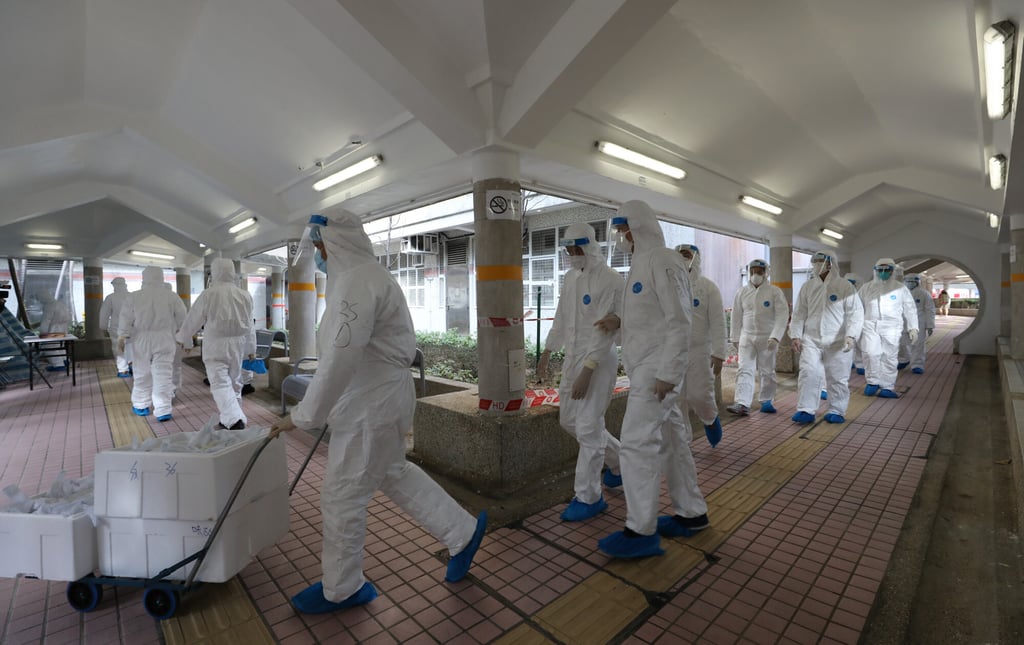Opinion | Omicron shows Hong Kong can’t maintain ‘dynamic zero-Covid’. It’s time to learn to live with Covid-19 and open up to the world
- Strict virus curbs make little economic sense if the mainland border shows no signs of reopening and the city’s current outbreak spirals further out of control
- Authorities should emphasise that not being vaccinated – as many of the city’s elderly residents continue to be – is unacceptable, antisocial behaviour

A persistent failure to suppress the current outbreak could leave Hong Kong facing more stringent measures with no end in sight, even as the authorities refuse to contemplate a more sustainable, business-friendly mitigation approach.
It is time for the Hong Kong government to accept the possibility that even if zero-Covid is a desirable goal, it is not realistic or achievable. Alternative strategies for dealing with the virus must now be considered.

The government argues that it has to persist with “dynamic zero-Covid” – accepting that infections will happen but then moving quickly to stamp them out – because most of the city’s elderly residents are unvaccinated and therefore vulnerable. Just half of those in their 70s and only one-fifth of residents in their 80s have been double jabbed so far.
Under the current strategy, social distancing measures can only be relaxed once vaccination rates among the elderly are sufficiently high – say 80 per cent. But this line of reasoning, and the case for dynamic zero-Covid, is flawed on at least four levels.
